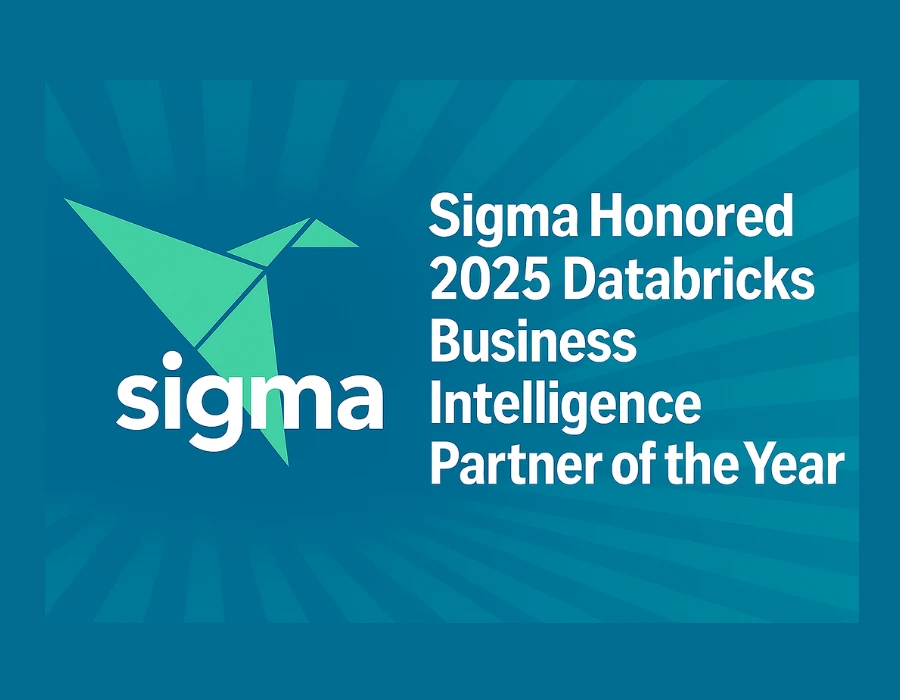Sigma’s recognition as the 2025 Databricks Business Intelligence Partner of the Year marks a turning point in how companies think about analytics and machine learning. Announced at Databricks’ annual Data + AI Summit in early June, the award highlights Sigma’s innovative approach to delivering live, governed data experiences that blend the familiarity of spreadsheets with the power of a modern data lakehouse.
From the outset, Sigma stood out among a crowded field of BI contenders by demonstrating deep integration with Databricks’ core technologies. Rather than relying on static data extracts, Sigma connects directly to Databricks’ compute engine, enabling users to query massive datasets—imagine slicing through a 70-billion-row table in under three seconds—and immediately act on the freshest information. This live connection removes the friction of traditional ETL pipelines and lets teams experiment, iterate, and build data apps without waiting on engineering or IT cycles.
A standout demonstration came from Saddle Creek Logistics, a leading supply-chain provider. Saddled with nine-minute delays on their on-premises reporting, Saddle Creek migrated both its data and dashboards to a cloud-native architecture powered by Databricks and Sigma. The result was nothing short of transformative: reporting latency plummeted from minutes to a breathtaking three seconds. Business users could now monitor fleet performance and inventory levels in near real time, turning what used to be stale snapshots into immediate, actionable insights. The outcome? Faster decisions, fewer stock disruptions, and a clear competitive edge on the warehouse floor.
At the awards ceremony, Sigma’s CEO, Mike Palmer, captured the moment perfectly: “We’re entering a new era of BI—one where static dashboards give way to dynamic data apps, where every member of your organization can explore live data, and where machine learning accelerates your path from question to decision.” His words resonated because they spoke directly to a challenge every company faces: how to democratize data without sacrificing governance or performance.
Databricks’ own leadership underscored this tension. Roger Murff, Vice President of Technology Partners, praised Sigma for its “spreadsheet-like environment built on top of the Lakehouse,” which marries enterprise-grade security—courtesy of Unity Catalog’s cell-level permissions—with a self-service experience that non-technical users actually enjoy. In practice, this means finance teams can pivot revenue forecasts, marketing can update campaign targets, and operations can tweak replenishment models, all within the same collaborative workspace.
Beyond the headline partnership, the Sigma win signals a broader shift in enterprise analytics. No longer is BI about static, one-way reporting; it’s about two-way data applications that let users input new rows, tweak model parameters, and trigger downstream workflows—all in a governed environment. For example, one global retailer has built a replenishment tool in Sigma where analysts input weekly demand forecasts, which then feed directly into machine learning models hosted on Databricks. This closed-loop workflow cut stock-out incidents by 20% and boosted inventory turns by 15% within a single quarter.
Analysts and engineers benefit, too. Heavy SQL queries are automatically offloaded to Databricks’ scalable clusters, meaning data teams can focus on architecture and advanced analytics rather than dashboard maintenance. At the same time, business users enjoy a familiar spreadsheet interface, reducing training time and dependence on centralized IT. The result is faster project delivery, fewer BI backlogs, and a more agile data culture.
Looking ahead, Sigma and Databricks are doubling down on this “data-to-action” vision. Plans include deeper embedding of machine learning outputs in Sigma dashboards—think live prediction scores that update as users tweak inputs—and richer collaboration tools so analysts can share data apps and methodologies across departments. The growing partner ecosystem, featuring specialists like Blueprint Technologies (itself a recent Unity Catalog Partner of the Year), is helping organizations adopt these capabilities at scale, ensuring governed self-service analytics across distributed teams.
For data leaders evaluating modern analytics stacks, Sigma’s award is a clear signal: the future belongs to platforms that offer real-time, write-back data applications atop a secure, scalable foundation. As data volumes continue to soar and decision cycles shrink, businesses that embrace live analytics and collaborative BI will pull ahead. Whether you’re in finance, retail, healthcare, or logistics, the question is no longer “Can we report on our data?” but “How quickly can we turn our data into decisions?”
Sigma’s Databricks BI Partner of the Year award is more than a trophy—it’s a marker of change. It shows that cloud BI can be both powerful and intuitive, that governance need not be a barrier to exploration, and that machine learning can be seamlessly woven into everyday workflows. As organizations grapple with ever-growing data demands, Sigma and Databricks are lighting the path toward faster, smarter, and more collaborative analytics—exactly the kind of innovation today’s data-driven enterprises need.
